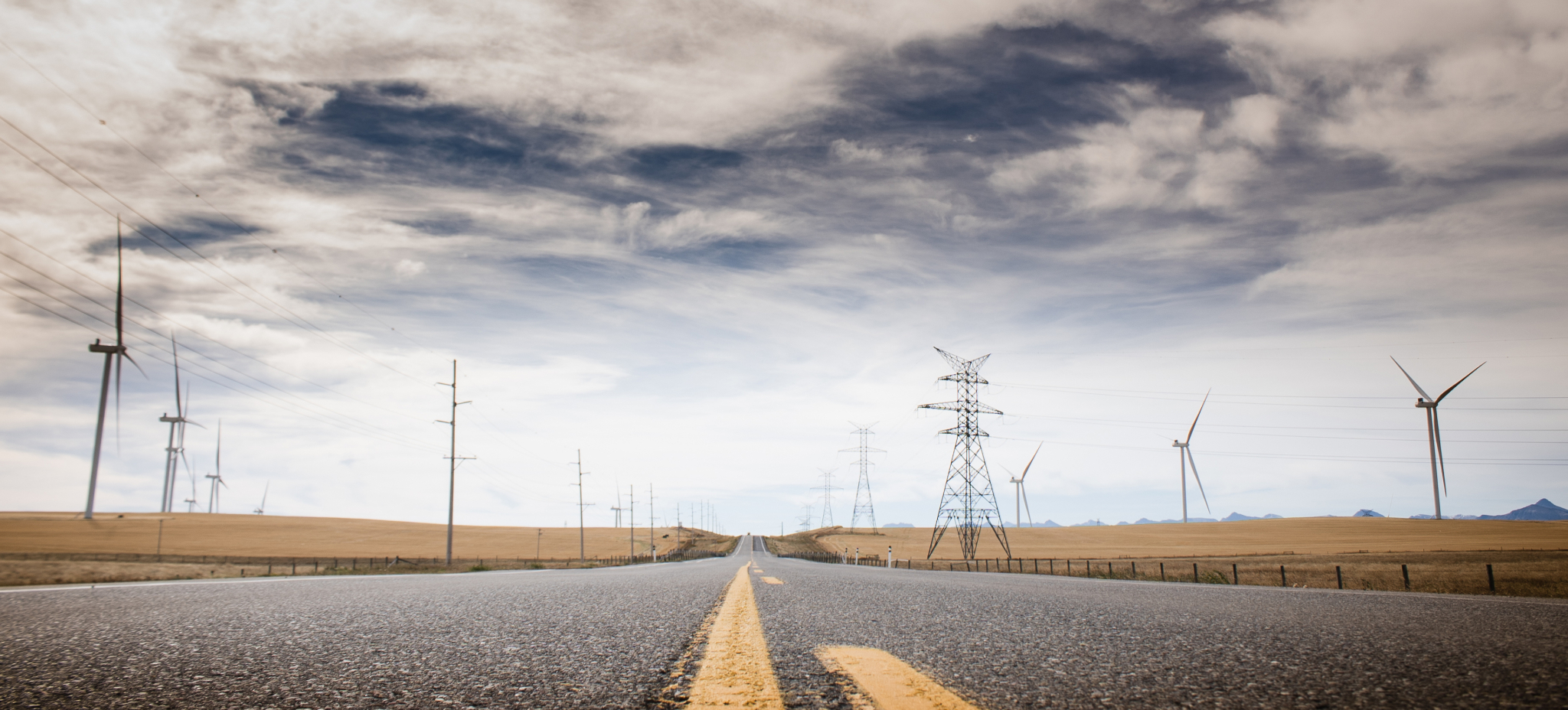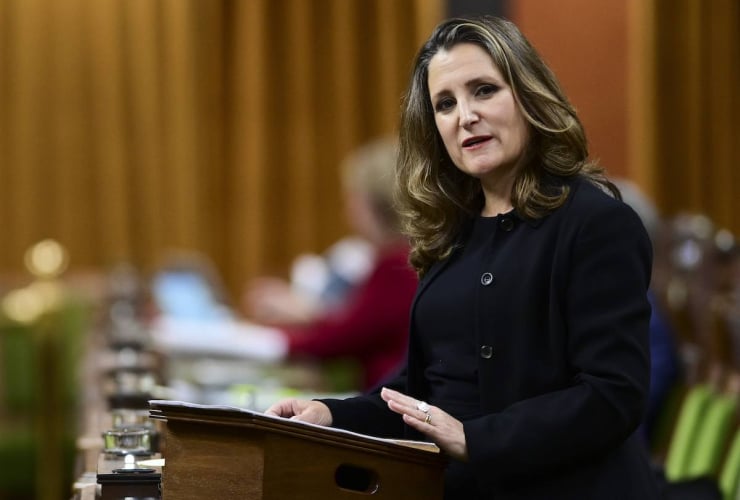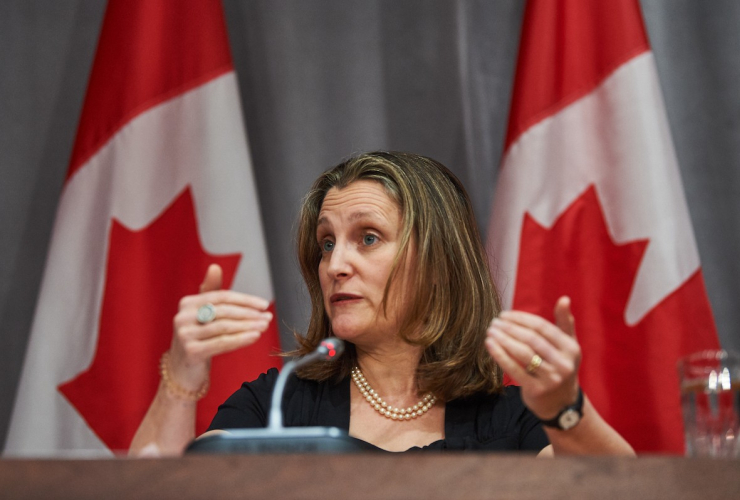Thanks to the National Observer for the chance to be in conversation with the wonderful Linda Solomon Wood. I always hate to give definitive answers on anything until I finish my research. Last Thursday, there was a question about the amount of climate spending in Chrystia Freeland’s April 19 budget that I couldn’t answer. But I promised a column to answer it, so here goes.
The first thing to be said is, in the words of the late environmental policy guru Jim MacNeill: “The budget is any government’s single most important environmental statement.”
On that metric, this budget fails.
Let’s start with policy coherence. Any government committed to reducing dependence on fossil fuels should not spend money supporting fossil fuels. U.S. climate activist Bill McKibben’s first rule of holes applies here: if you want to get out of one, stop digging.
As Greens, we differentiate between spending money in support of workers in a comprehensive strategy for just transition. For example, in the midst of COVID-19, we supported spending money to clean abandoned wells, even though it violated the polluter-pays principle. The polluters had walked away. Nevertheless, that spending did not subsidize fossil fuel production.
To be a subsidy, government spending must support active production or expansion of fossil fuels. The building of the Trans Mountain (TMX) pipeline at a public cost of $17 billion is monstrous. In the incompetent hands of the new Crown management, the felling of trees in Burnaby has resulted in violating the international protections for migratory birds.
The destruction of nests has resulted in a stop-work order on tree-cutting, but not the ongoing construction. No one is protecting the habitat for Pacific salmon along the construction route because, back in the Harper era, the Department of Fisheries and Oceans (DFO) entered into a memorandum of understanding (MOU) with the National Energy Board (now the Canada Energy Regulator) to delegate monitoring to the energy board — not DFO. Another MOU does the same thing for requirements to protect our endangered southern resident killer whales.
As for the fiscal impacts, the Parliamentary Budget Office has already established that the only way the project does not result in billions of dollars in losses is if the government abandons any climate action beyond what was put in place last year.
Other ongoing fossil fuel subsidies include the diminishing role of capital cost allowances in the oilsands and the increasing rate of subsidies to fracking and LNG. Within the G20, where Canada first committed to eliminate fossil fuel subsidies back in 2009, it is reported that Canada is “at an early stage” in reporting on reducing its subsidies.
In 2017, the late Michael Ferguson, then auditor general, was outraged that, in an unprecedented occurrence, the Department of Finance Canada refused to provide the AG with details on fossil fuel subsidies. No department had ever before refused to provide requested information to our auditor.
Time will tell if this new minister of finance is willing to do anything about meeting existing commitments, not to mention Liberal campaign pledges in 2015 and 2019 to eliminate these perverse subsidies. The willingness of Canada to describe natural gas as though it is not a fossil fuel is deeply worrying. Even though that gaffe was in 2017, if you follow the money, both B.C. Premier John Horgan and Prime Minister Justin Trudeau have massively increased support for fracked gas.
Budget 2021 leaves billions of subsidies to fossil fuels, the construction of TMX as a publicly owned pipeline and approvals to new exploration for oil and gas at home and overseas in place.
What of the spending on climate action? The figure $17 billion has been bandied about. This is how it is described in Budget 2021: “$17.6 billion … for a green recovery to create jobs, build a clean economy and fight to protect against climate change.”
Analyzing that figure, at most, $10.6 billion is to be spent in ways to reduce greenhouse gases (GHG). The full $17 billion includes worthwhile spending on a Canada Water Agency (with inadequate funding), support for parks and an impressive $2.3 billion for ensuring 25 per cent of Canada is protected by 2025, as well as increasing, by an unspecified amount, the Indigenous Guardians program.
There are also very welcome climate-related commitments that do not reduce emissions — such as spending for adaptation to the climate crisis. There is no specific commitment to meeting the pressing need to enhance our climate finance commitments. Only $1.4 billion over five years goes to the entire envelope of overseas development assistance (ODA) — far short of the development community’s call to provide one per cent of the spending on COVID emergency relief to ODA.
Further breaking down the $10.6 billion, over $1 billion of the climate funds will go to federal government departments for their internal core responsibilities — to regulate, to implement and research. I do not recall any previous budget allocating so much to the federal government itself to have departments do their work.
Unfortunately, this budget continues, with the fashion of budgets developed by Stephen Harper, in not having a budget in the budget. There is no statement of total spending or total revenue (what a budget looks like) and no breakdown by department. I do not doubt for a moment that Environment Canada and Climate Change needs its A-base (core budget) increased, but the big weakness is in lack of climate science expertise. That is a gap not remedied since the defeat of the Harper Conservatives.
A big-ticket item is something called the “net-zero accelerator” ($5 billion over seven years). This is a fund within the Strategic Innovation Fund, initially launched in 2017. Budget 2021 adds a further $7.2 billion to the Strategic Innovation Fund, most of that towards the net-zero accelerator described as a means to “decarbonize heavy industry, support clean technologies and help meaningfully accelerate domestic greenhouse gas emissions reductions by 2030.” This could, of course, be very positive, but it will include new supports for wasting money and precious time with so-called small modular reactors (SMRs).
SMRs are not yet commercialized, will take years to develop and create the false notion that we need new nuclear energy at a time when renewables are far cheaper and very available.
The other big fad within this budget (referenced at many points) is carbon-capture utilization and storage — a very expensive and questionable technology (at least in its application in Canada) allowing for the fiction that we can have our cake and eat it, too, burning coal and putting the carbon underground.
There is also a focus on hydrogen. Hydrogen is really more of a way of conveying energy than it is an energy source. Hydrogen can be made using renewable energy — solar and wind. Or it can be made burning coal. Much more work needs to be done to ensure any hydrogen strategy does not rely on fossil fuels.
There is much I love in the climate commitments. The government will create a new green bond so Canadians can invest in our own decarbonization agenda, with details to come.
There will be $4.4 billion over five years for what is being called “deep home retrofits” providing up to $40,000 to homeowners for energy-efficiency retrofits and for domestic renewable energy production, like a solar panel on your roof. As well, there will be more work to encourage electric vehicles and infrastructure to support it.
Still, all told, the government estimates that after spending in the fall economic statement, the December climate announcements in “Healthy Economy, Healthy Environment” and this budget, we are on track to reduce our 2005 levels by 36 per cent by 2030. Trudeau committed Canada to 40 to 45 per cent below 2005 by 2030. Not Canada’s fair share of the global imperative to hold to 1.5 degrees. But clearly, the Liberals must understand that more must be done. Incremental tinkering will not cut it.
Time to get serious. Canada must do the following:
- Cancel all fossil fuel subsidies
- Ban fracking nationally
- Cancel the TMX pipeline
- Announce the oilsands will be fully shut down by 2030
- Fund and implement a just transition strategy for impacted workers
- Work with Indigenous Peoples, within the framework of United Nations Declaration on the Rights of Indigenous Peoples in Canada, to fully embrace and benefit economically from renewable energy and pumped storage
- Announce that no further exploration or development permits for fossil fuels will be granted by the federal government
That would be a good start.
Elizabeth May: "For example,
Elizabeth May: "For example, in the midst of COVID-19, we supported spending money to clean abandoned wells, even though it violated the polluter-pays principle. The polluters had walked away. Nevertheless, that spending did not subsidize fossil fuel production. To be a subsidy, government spending must support active production or expansion of fossil fuels."
Not a subsidy? Really?
Taxpayers are on the hook for industry cleanup. Not a subsidy?
Alberta's Orphan Well Association (OWA) is financed by an annual levy on producers. The annual OWA levy is a small fraction of what is required to address the problem. Until 2014, industry paid $15 million a year into the OWA. It doubled to $30 million annually in 2015. $65 million in 2020.
Given industry profits, $30 million or $65 million is a pittance. For Big Oil, it's pocket change. But clearly insufficient to deal with AB's orphan well problem. If the OWA has insufficient funds, whose fault is that?
The industry ends up paying only a fraction of the actual cost and transfers the remainder to taxpayers. Shifting costs to taxpayers boosts the bottom line of active producers. Not a subsidy?
AB has far more orphan wells than oil-producing states with legislated timelines and upfront bonds for clean-up. AB's irresponsible oil industry has long rejected such sensible measures. Industry avoided those costs, and passed the costs of cleanup on to taxpayers. Shifting costs to taxpayers boosts the bottom line of active producers. Not a subsidy?
A responsible industry would set aside sufficient funds for a rainy day. The oil & gas industry has been digging into taxpayers' pockets for reclamation and cleanup costs for over a decade. It only gets worse from here.
The oil & gas industry can easily afford to clean up after itself. It does NOT need help from hard-working taxpayers. It needs to manage its operations responsibly.
Call your MLA and MP and tell them you don't want your hard-earned tax dollars spent on corporate welfare. Urge them to support the polluter-pay principle.
Leave taxpayers out of it.
AB's oil & gas industry has
AB's oil & gas industry has barely started to fund its clean-up liabilities: north of $260 billion. Suppose the industry collapsed tomorrow, leaving taxpayers with the bill. Shareholders walk away with the profits, and taxpayers pay for cleanup. Not a subsidy?
Privatize profits, socialize costs. The oil industry's business model.






Comments